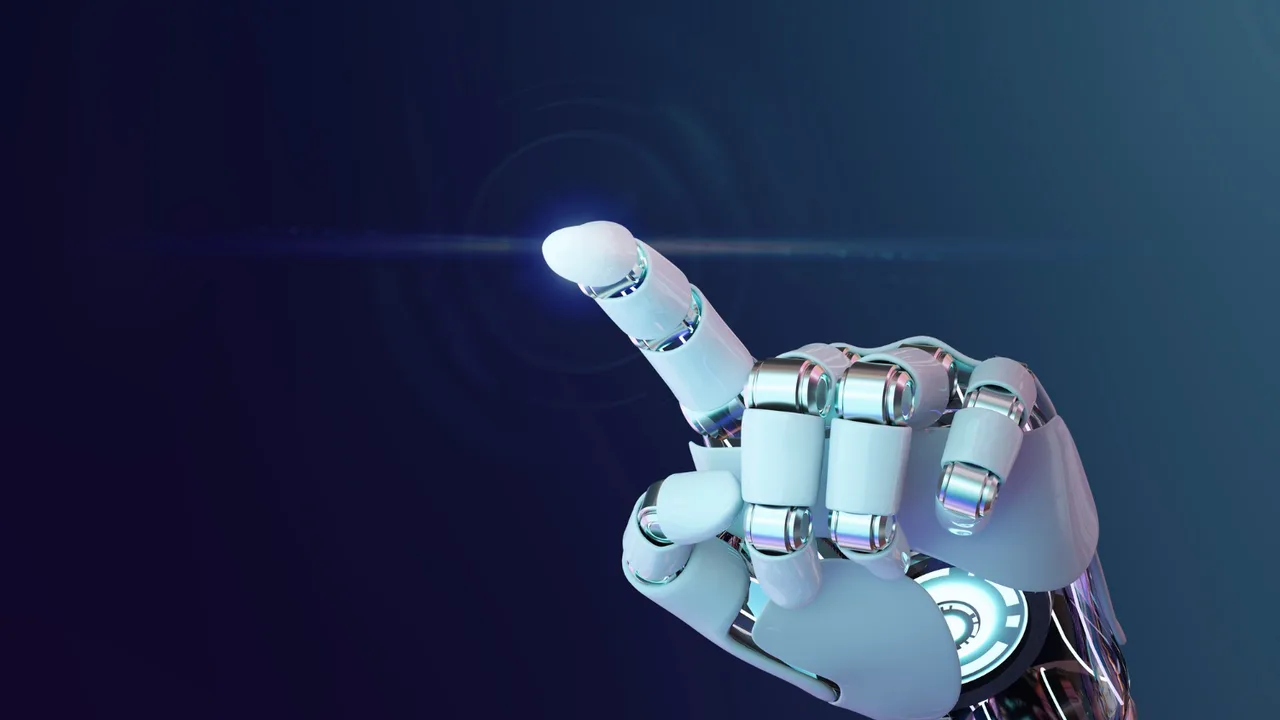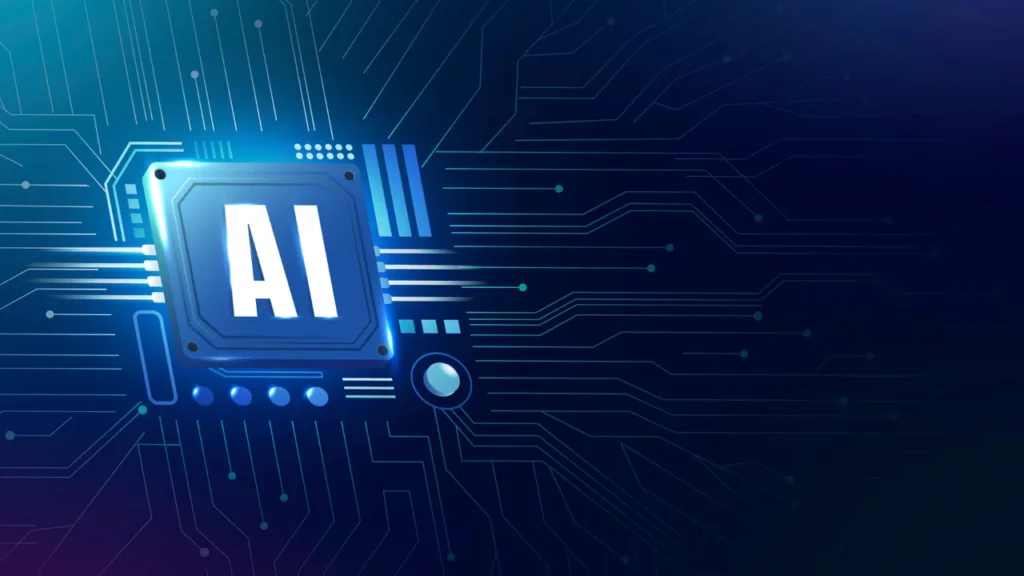In the modern era of digital transformation, industries around the world are increasingly relying on artificial intelligence (AI) to enhance efficiency, reduce costs, and maintain consistent product quality. Among the many innovations reshaping industrial operations, AI quality control stands out as one of the most revolutionary. Traditional manual inspection methods, often prone to human error and inconsistency, are gradually being replaced by intelligent systems that combine automation, data analytics, and real-time decision-making.
Whether in automotive manufacturing, electronics production, or heavy industrial fabrication, businesses are discovering that AI-powered inspection automation not only detects defects faster but also predicts potential failures before they occur. This shift toward automated quality assurance marks a fundamental leap forward in the way factories operate and maintain standards of excellence.
Understanding AI Quality Control
Definition and Core Concepts
AI quality control refers to the integration of artificial intelligence technologies—such as machine learning, computer vision, and deep neural networks—into inspection processes. Unlike traditional quality checks that depend on manual observation, AI-based systems can process thousands of images or sensor data points per second, identifying even the smallest deviations or surface defects with unmatched precision. The goal is not only to detect errors but to continuously learn and adapt through feedback, ensuring continuous improvement in product quality.
At the heart of AI-driven quality control lies the concept of inspection automation. By automating visual and sensor-based inspection tasks, manufacturers can minimize human involvement, reduce downtime, and significantly improve production throughput. These technologies also enable 24/7 operation, offering an unprecedented level of consistency and repeatability that human inspectors simply cannot match.
Key Components and Technologies
AI inspection systems typically consist of multiple technological layers working together:
- High-Resolution Vision Cameras: Capture detailed images of products or components from multiple angles, enabling the system to detect micro-defects that are invisible to the naked eye.
- Machine Learning Algorithms: Analyze massive datasets of defect and non-defect images to recognize patterns and classify anomalies in real time.
- Edge Computing Devices: Process data locally on the factory floor, ensuring that inspection decisions are made instantly without relying solely on cloud connectivity.
- Integration with SCADA/ERP Systems: Synchronize inspection data with production management software, enabling traceability and corrective actions throughout the production cycle.
Together, these elements form a robust infrastructure that ensures each production stage—from raw materials to final assembly—meets the highest quality standards.
How AI Transforms Industrial Inspection Processes
From Manual Checks to Automated Inspection
Before the emergence of AI quality control, human inspectors had to rely on visual cues and subjective judgment to identify imperfections. This process was time-consuming, inconsistent, and heavily dependent on individual expertise. By contrast, modern AI systems leverage inspection automation to perform rapid, objective evaluations using pre-trained models. A single automated station can inspect hundreds of components per minute, flagging irregularities such as cracks, misalignments, or surface deformities.
In industries such as electronics or precision engineering, where even the slightest defect can lead to failure, AI systems deliver the level of reliability and repeatability that human inspection cannot sustain. Moreover, automated inspection stations can adapt their learning algorithms to new production lines without requiring extensive retraining.
Real-Time Data Processing and Predictive Analytics
One of the defining advantages of AI quality control lies in its ability to process data in real time. Instead of waiting for end-of-line testing, sensors and cameras embedded in production equipment continuously monitor product characteristics as they are formed or assembled. This allows predictive analytics to identify early warning signs—such as temperature anomalies, vibration patterns, or micro-fractures—that may indicate a developing issue.
Manufacturers benefit greatly from this predictive capability. For instance, in the automotive industry, AI inspection systems can detect potential issues in engine components before they cause assembly delays. In the electronics sector, AI can pinpoint soldering irregularities that could lead to circuit failures. These proactive measures significantly reduce scrap rates and rework costs, improving overall operational efficiency.
Benefits of AI Quality Control
Improved Accuracy and Consistency
The precision of AI quality control systems has transformed industrial inspection standards. Machine vision cameras combined with AI algorithms can achieve up to 99% defect detection accuracy, drastically reducing the number of defective products reaching customers. The consistency of automated systems ensures that each inspection follows the same criteria, eliminating the variability caused by human fatigue or oversight.
Cost and Time Efficiency
By implementing inspection automation, companies can cut inspection times by more than 70%. Automated systems work continuously, without breaks or shift limitations, leading to higher production throughput and lower operational costs. Additionally, the reduction in human labor associated with manual inspection allows employees to focus on higher-value tasks, such as system maintenance or process optimization.
Enhanced Traceability and Compliance
AI-driven inspection platforms automatically record and store detailed data about every inspected product. This creates a digital audit trail that simplifies compliance with international quality standards such as ISO 9001. The availability of real-time quality metrics also enables faster corrective actions and better transparency across production teams. Manufacturers can easily trace the root cause of issues and implement immediate preventive measures.
To learn more about how computer vision contributes to automated inspection systems, you can explore Computer Vision on Wikipedia.
Real-World Applications of Inspection Automation

Automotive and Aerospace Industries
Few sectors demand the precision and reliability required in automotive and aerospace manufacturing. Every component, from engine blocks to turbine blades, must meet strict tolerances. By integrating AI quality control solutions, these industries can detect micro-defects invisible to human eyes. Automated visual inspection systems identify cracks, uneven coatings, or machining errors in milliseconds, allowing engineers to correct issues before parts move to assembly.
AI-based vision systems also record inspection results, creating a data-driven feedback loop that continuously improves production accuracy. This approach dramatically enhances product safety, reduces recalls, and shortens design-to-market cycles. In aerospace, for example, machine vision enables the detection of material fatigue in structural parts, reducing the risk of costly in-service failures.
Electronics and Semiconductor Manufacturing
Precision and cleanliness are paramount in the electronics industry. The smallest soldering defect or misaligned microchip can cause a complete system failure. Inspection automation powered by deep learning models allows real-time detection of issues such as short circuits, solder bridging, or micro-cracks on wafers. These AI systems adapt dynamically to new product designs without requiring extensive retraining, making them invaluable in fast-moving sectors like consumer electronics and semiconductors.
Furthermore, by analyzing large datasets of past defects, AI quality control can predict which parts of a production line are most prone to error, guiding preventive maintenance and process redesign.
Steel and Heavy Manufacturing
In heavy industries such as steel fabrication and construction materials, maintaining quality consistency is essential. AI-based vision systems can inspect weld seams, surface textures, and dimensional tolerances at high speed. Advanced inspection automation ensures that every beam, plate, or section conforms to exact standards before shipping. This not only reduces waste but also guarantees structural reliability for end-users in construction and infrastructure projects.
Integrating AI with production lines empowers factories to operate more sustainably—reducing energy consumption and scrap material through early defect detection and optimized workflow scheduling.
Implementation Challenges
Data Quality and Model Training
Despite its advantages, implementing AI quality control is not without obstacles. One of the main challenges lies in obtaining high-quality datasets for training machine learning models. An AI system must learn from thousands of defect and non-defect samples before it can perform reliably. If the dataset is limited or biased, the inspection accuracy will decline.
To overcome this, many manufacturers are investing in synthetic data generation and transfer learning techniques to enhance model robustness, even with limited real-world examples. These methods accelerate deployment and reduce the cost of data collection.
Integration with Legacy Systems
Factories that rely on older production equipment often struggle to integrate modern AI systems. Existing machinery may lack digital interfaces or real-time data access. Successful implementation of inspection automation therefore requires careful system design—often combining new sensors and vision cameras with upgraded control software or middleware that bridges the communication gap between legacy hardware and AI analytics.
Change Management and Workforce Upskilling
AI adoption in quality control also changes the dynamics of the industrial workforce. Technicians who previously performed manual inspections must now operate, calibrate, and maintain intelligent systems. Training programs and internal upskilling initiatives become critical to ensure smooth transitions. Organizations that manage this change effectively often experience higher job satisfaction, as employees move from repetitive inspection tasks to higher-value analytical and engineering roles.
Future of AI Quality Control
Generative AI for Defect Simulation
The next frontier of AI quality control involves generative AI models capable of creating virtual defect images to train inspection systems. These synthetic datasets enable faster algorithm development without the need for massive real-world data collection. As generative models continue to improve, they will empower manufacturers to simulate rare defects and prepare AI systems for unexpected anomalies.
Cloud-Based Inspection and IoT Integration
As factories become increasingly connected, cloud computing and IoT sensors are transforming how inspection data is processed and shared. Inspection automation combined with IoT devices allows data from multiple production sites to be analyzed centrally. This ensures global quality consistency and facilitates remote monitoring, predictive maintenance, and real-time performance benchmarking across factories.
Cloud integration also enhances collaboration between suppliers and clients, giving all stakeholders visibility into quality metrics and inspection results.
Autonomous Factories and Next-Level Automation
In the long term, AI quality control will become a cornerstone of the fully autonomous factory. With self-learning algorithms, robotic inspectors, and interconnected digital systems, manufacturers will achieve near-zero defect rates. The combination of robotics, AI, and data analytics will allow factories to automatically detect, diagnose, and correct quality deviations without human intervention—ushering in a new era of industrial productivity and safety.
Conclusion — Building the Future of Smart Inspection
The integration of AI quality control and inspection automation represents a defining shift in how industries approach product excellence. By combining data-driven intelligence with automated inspection, manufacturers can achieve unprecedented levels of accuracy, speed, and reliability. These technologies not only reduce costs and waste but also strengthen brand reputation and customer trust.
As AI continues to evolve, it will further reshape industrial production—enabling a future where quality control is not just a checkpoint, but an intelligent, adaptive system embedded in every stage of manufacturing. The companies that embrace this transformation today will be the leaders of tomorrow’s smart-factory revolution.



